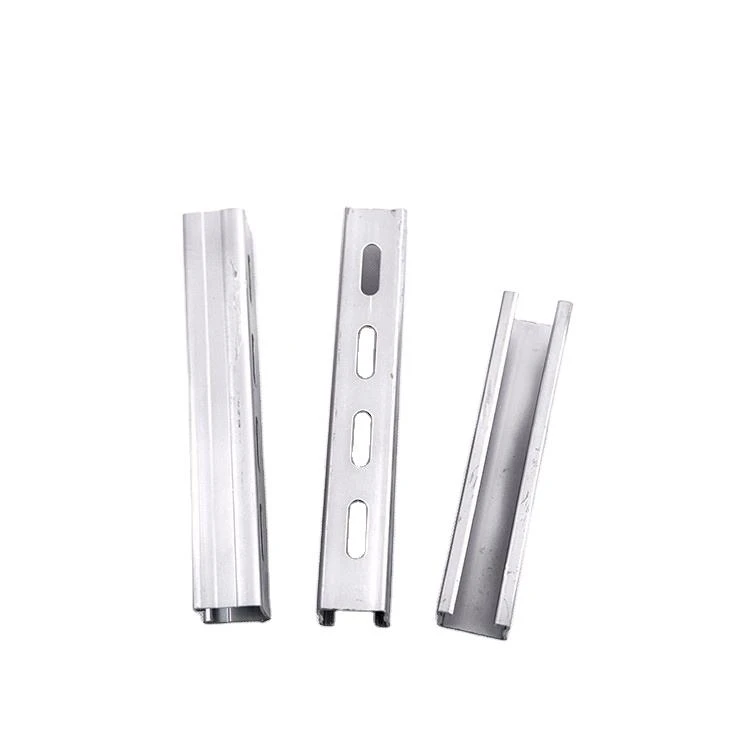

spring washer and washer
ديسمبر . 04, 2024 23:01 Back to list
spring washer and washer
Understanding Spring Washers and Washers Key Components in Mechanical Engineering
In the realm of mechanical engineering, precision and reliability are paramount. Two components that play critical roles in ensuring the integrity of assemblies are spring washers and standard washers. While they might seem similar at first glance, each serves a distinct purpose and is essential in various applications.
What are Washers?
Washers are flat, disk-shaped components used primarily to distribute load and reduce stress on the surface of fasteners such as bolts and nuts. They are particularly valuable in preventing damage to the workpiece by providing a buffer between the fastener and the material it is securing. Washers help in preventing loosening due to vibrations and can also act as a shim, providing a level surface for fastening.
There are several types of washers, including flat washers, lock washers, and more specialized designs like rubber or nylon washers. The most common material for washers is metal, often a form of stainless steel, due to its strength and resistance to corrosion. The use of washers is prevalent across a multitude of industries, from construction to automotive and aerospace, where the need for durability and safety is critical.
What are Spring Washers?
Spring washers, on the other hand, are a specific type of washer designed to provide additional tension and flexibility in mechanical assemblies. They are typically made from hardened steel and can be designed in various shapes, with the most common being the Belleville washer and the split washer.
spring washer and washer

The primary function of spring washers is to prevent loosening of fasteners under dynamic load conditions. Unlike flat washers, spring washers exert a consistent force that helps maintain the clamping pressure of the bolted joint as it expands and contracts due to temperature changes or mechanical vibrations. This unique capability makes them invaluable in applications where reliable performance is crucial, such as in engines, heavy machinery, and construction equipment.
Differences Between Washers and Spring Washers
While both washers and spring washers serve to enhance the performance of mechanical fastenings, the key difference lies in their function. Standard washers distribute load and provide a flat surface, whereas spring washers introduce a spring effect that contributes to maintaining tension in the assembly.
The choice between using a standard washer or a spring washer largely depends on the specific application at hand. In situations where vibration or thermal expansion is a concern, spring washers are often preferable due to their ability to absorb shocks and maintain tension. Conversely, in applications where load distribution and surface protection are paramount, standard washers may be the better choice.
Conclusion
Both spring washers and standard washers are indispensable components in mechanical design and assembly. Understanding the specific functions and appropriate applications of each can significantly enhance the reliability and safety of mechanical systems. Engineers must weigh the advantages of each type and select the correct component based on the demands of their particular projects. As industries continue to evolve and demand more robust solutions, the integral role of these simple yet effective devices will remain a cornerstone in mechanical engineering practices.
In summary, whether you require a standard washer for load distribution or a spring washer to mitigate the effects of dynamic forces, choosing the right washer is essential for ensuring the longevity and efficiency of mechanical assemblies.
Latest news
-
Hot Dip Galvanized Bolts-About LongZe|High Strength, Corrosion Resistance
NewsJul.30,2025
-
High-Strength Hot Dip Galvanized Bolts - Hebei Longze | Corrosion Resistance, Customization
NewsJul.30,2025
-
Hot Dip Galvanized Bolts-Hebei Longze|Corrosion Resistance&High Strength
NewsJul.30,2025
-
High-Strength Hot-Dip Galvanized Bolts-Hebei Longze|Corrosion Resistance&High Strength
NewsJul.30,2025
-
Hot Dip Galvanized Bolts-Hebei Longze|Corrosion Resistance&High Strength
NewsJul.30,2025
-
Hot Dip Galvanized Bolts - Hebei Longze | Corrosion Resistance, High Strength
NewsJul.30,2025

